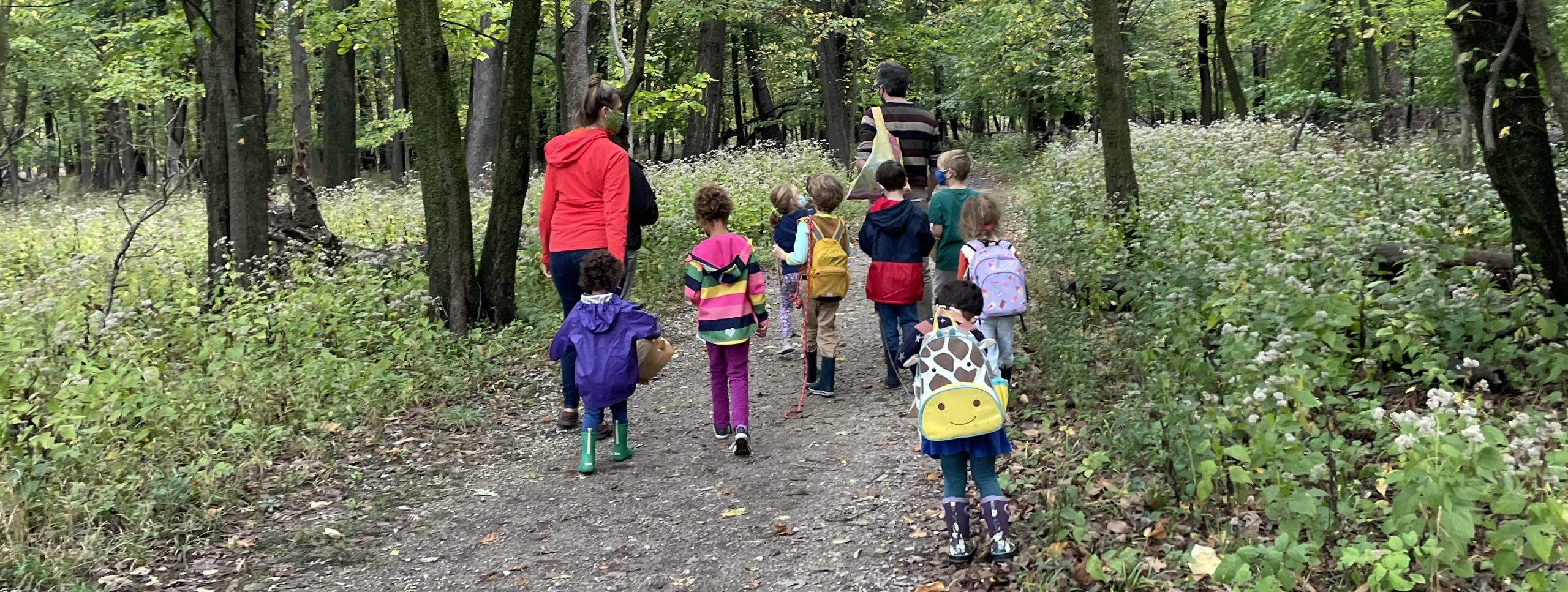Magic Muons
Today the Muons reviewed their latest entries for the zine publication, and brainstormed some new ideas for upcoming articles. Todays entries covered Anime and Manga art styles, a video game review, and a fantastic art piece centered around the human eye. We transitioned into planning for the logistics for the Co-op Economy, and discussed various methods of injecting more Co-op Dollars into the system. We had a very insightful discussion about inflation the value of scarce or fixed-supply materials such as gold and diamonds, however one of the Muons made the point that diamonds can actually be manufactured, albeit with much work and effort. We had a brief discussion about contraband and black markets and the cost of commodities in that world, and agreed that Co-op is better off without a black market! The Muons unanimously voted in a few ideas and policies for (1) having a Co-op Auction where kids could auction off some of their gently used belongings, (2) implementing payments to kids who submit book reports on the website, (3) implementing fines for books returned late to the Little Library, (4) implementing payments to Co-op Authors who submit their original bound books to the Little Library, and (5) a split vote of 3 to 1 for implementing some “standards and rules” for book formats to be submitted to the Little Library in opposition our stand alone Muon who preferred no rules for book submissions, in favor of anarchy. We ended the class with a photo shoot for our upcoming higher denomination bills, $5, $10, and $20. Who will be on the $50 and $100? We shall see!
Quarks Science
The last two weeks we dove deeper into our space unit. Last week, we focused more on the moon. We repeated the shapes and orbit of the moon in relation to our earth. We then explored the craters in the moon and why there are SO many and where do they come from? We painted puffy full moons and created craters of various sizes on them. We then explored dropping rocks of various sizes (craters) onto a moon surface (a pan of flour) to see how the size/impact varied and changed the surface of the moon. They were especially fascinated with how new craters sometimes filled in other craters and sometimes made them much bigger.
This week, we focused on stars and constellations. We read a couple of books on our solar system and labeling specific parts. The kids then made their own constellations using foil stars connected with white crayon and named them. We then read “At the Same Moment, Around the World” which is an amazing book highlighting kids doing a different activity per their relevant time zone around the world. We wrapped up class doing a race to complete two solar system puzzles.
Solar Systems, Time Zones, and Co-Op Economics

